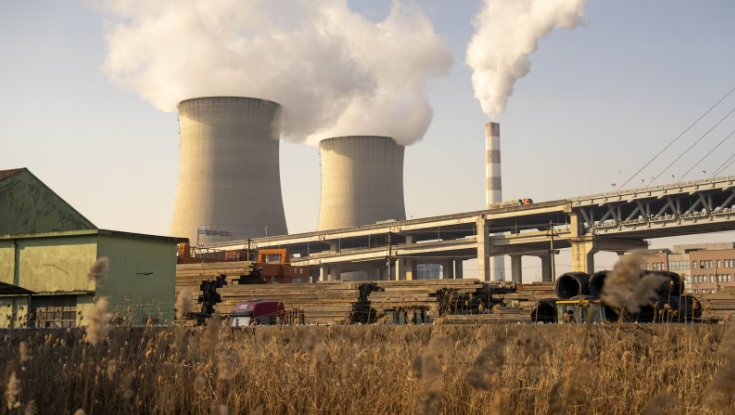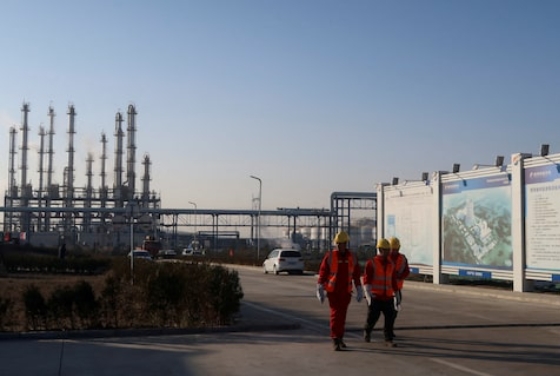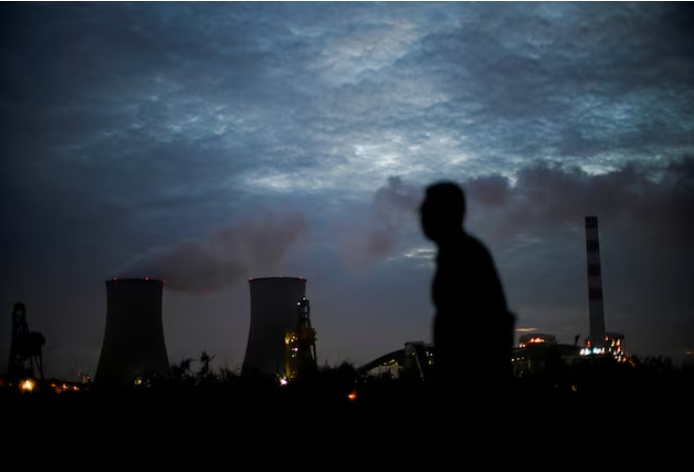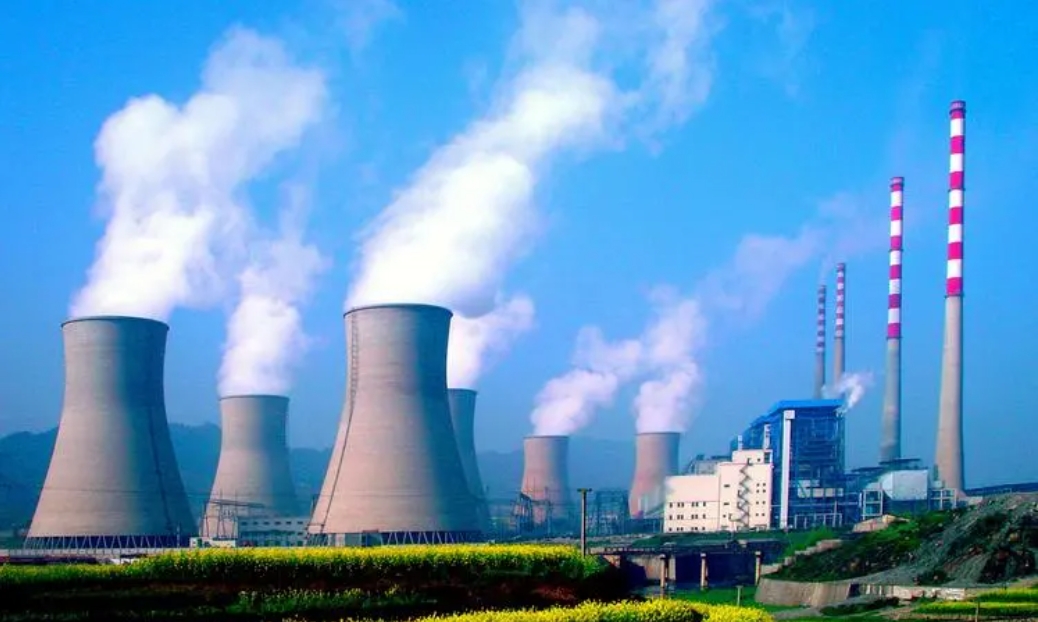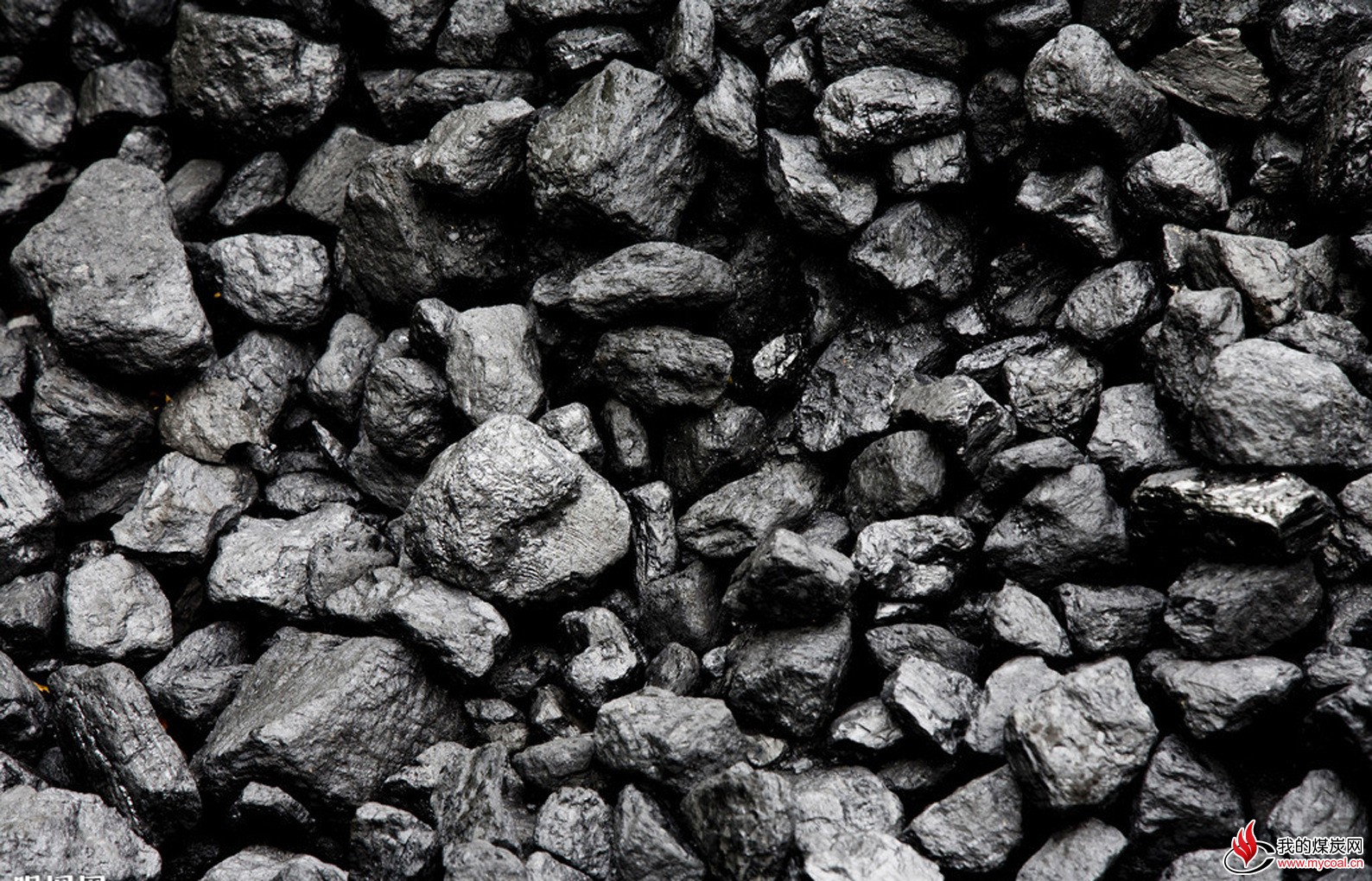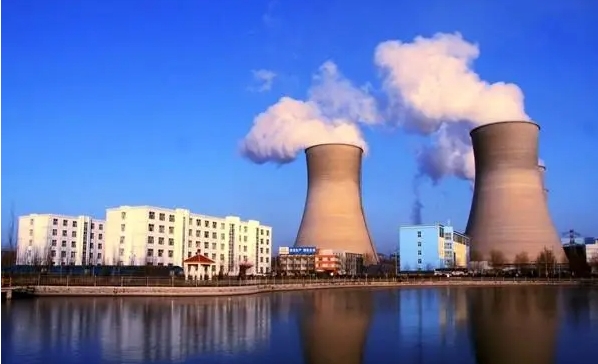A Chinese power company said the first of four 1,000-MW units at a new coal-fired power plant in a northwestern region of Inner Mongolia has entered operation.
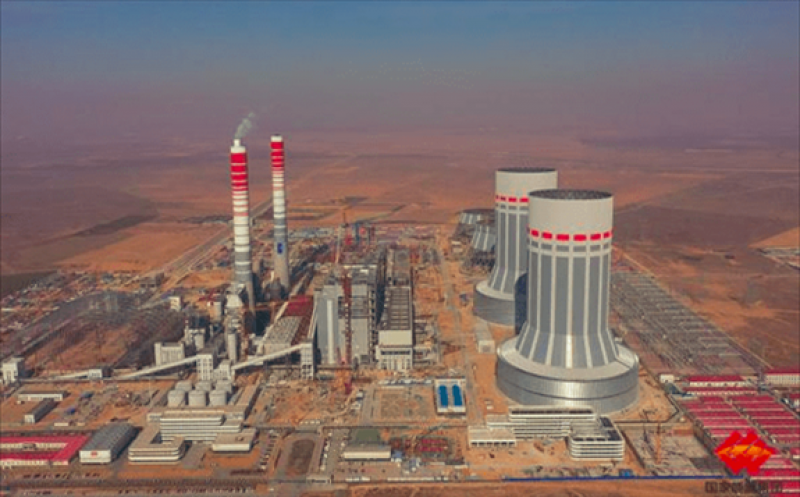 Unit 1 of the Shanghaimiao coal-fired power plant entered operation on Dec. 28, according to officials with Guodian Power. The 1,000-MW unit is one of four at the site that will provide electricity to an industrial region in Inner Mongolia. Courtesy: Guodian Power
Unit 1 of the Shanghaimiao coal-fired power plant entered operation on Dec. 28, according to officials with Guodian Power. The 1,000-MW unit is one of four at the site that will provide electricity to an industrial region in Inner Mongolia. Courtesy: Guodian Power
The Guodian Power Shanghaimiao Corp., part of the state-owned China Energy Investment Corp., on Dec. 28 said Unit 1 of the Shanghaimiao plant is online after a 168-hour testing period. The facility is the largest coal-fired power plant currently being built in China. Shanghaimiao, located in Ordos and sited in an area with significant coal reserves, will eventually send power to Shandong province via what government officials have said is a long-distance, ultra-high voltage grid.
China has pledged to reduce its coal-fired power generation as part of a plan to become carbon-neutral by 2060. The government, though, has said reduction plans will not begin until after 2025. The country plans to add significant coal-fired generation capacity in the meantime.
A recent report from researchers at China’s State Grid Corp. said the country’s need to satisfy increased demand for electricity could bring development of up to 150 GW of new generation capacity by year-end 2025. That would put China’s known coal-fired generation capacity at about 1,230 GW. China accounts for more than half of all global coal-fired electricity output.
Global Generation from Coal on Rise
The International Energy Agency earlier this month said its analysis showed the amount of electricity generated from coal increased 9% worldwide this year, and would likely reach an all-time high in 2022. This year’s increase comes after two years of declining power output from coal, mainly from countries such as the U.S., Germany, and the UK that have reduced coal-fired power generation in recent years. The drop also was due in part to the coronavirus pandemic.
Areas across China suffered blackouts and brownouts earlier this year during what officials called a power crisis, in part due to a lack of wind power and a shortfall in the coal supply, which sent coal prices higher. Some Chinese utility officials have said decarbonization efforts are being hindered by a lack of capital to finance upgrades of pollution controls at their coal plants.
“Coal-fired power plants are required to be upgraded and retrofitted, however, where does the money come from?” Chen Zongfa, Deputy General Counsel with China Huadian Corp., a large state-owned power utility, said at a recent industry forum on “The Underlying Logic of the New Power System.” Zongfa said his company, along with others, felt the negative economic impact of higher prices for coal, along with regulated prices for electricity that reduced profits. He also questioned the amount of coal-fired generation capacity taken offline in China over the past several years, even as demand for electricity increased.
“Since 2007, 294 gigawatts of coal-fired power capacity have been phased out. It is reasonable to phase out the excessive coal-fired power capacity,” Chen told the forum. “However, is it necessary to phase out so much? Are they being phased out in a proper way?”
China Also Ramps Up Renewables
China has become a global leader in renewable energy, with about 581 GW of installed wind and solar power generation capacity as of October 2021. But officials have said coal-fired power is still a priority to ensure a reliable supply of electricity.
Xu Xiaodong, a senior consultant with the China Electric Power Planning & Engineering Institute, at the recent forum said, “What’s the new energy system? In my view, it should provide everyone with stable power supplies even if there’s no sunlight or wind. Considering our current system, the distance is still far. Like it or not, we still cannot get rid of coal-fired power in a relatively long period, because we need it as the ‘ballast’ that ensures energy security. Nevertheless, we will target shortening this period and meet the climate pledges in time.”
Officials with the Guodian Power utility on Tuesday told Chinese media that the Shanghaimiao plant was designed to “achieve the highest thermal efficiency and environmental protection level of coal-fired units of the same type and capacity grade in the world, and the lowest coal and water consumption of power supply in the process of project construction.” The utility said that during testing of Unit 1, “the unit load met the requirements of power grid dispatching, and the emission standards were far lower than the national ultra-low emission standards.”
